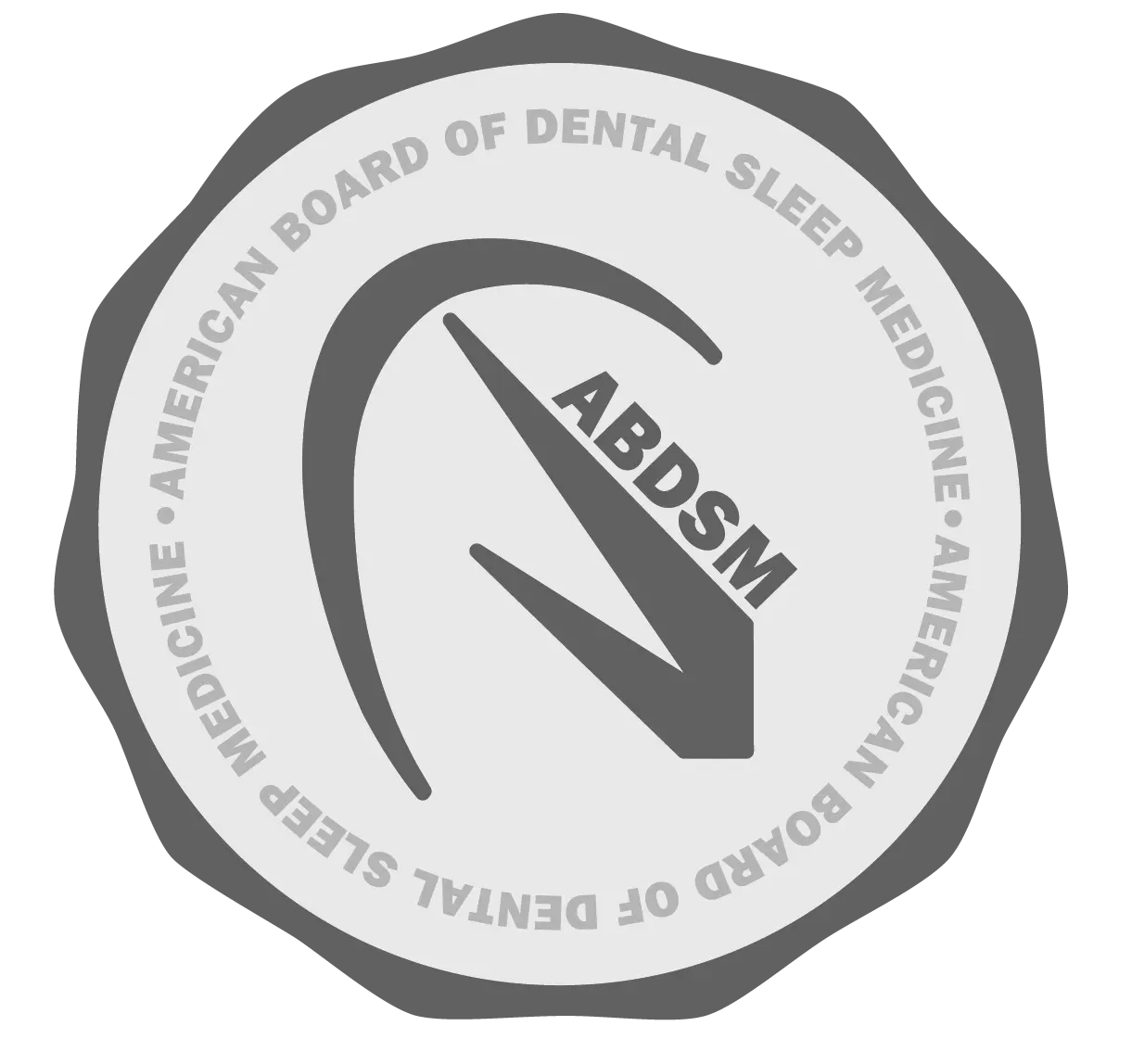A dental implant is a device designed to replace a missing tooth. The device consists of three parts: implant screw, abutment, and crown. The process is fairly invasive and requires a significant time commitment.
Smoke Rise Dental specializes in tooth replacement procedures, including dental implants. We can help guide you through the procedure itself as well as the recovery process. We believe that supporting our patients is the best way to ensure a proper recovery.
Dental Implant Procedure
The dental implant procedure is made up of several steps, including:
Stage One: Consultation
During this visit, the dentist will perform a comprehensive examination to determine your oral health. In addition, your oral and overall health history will be discussed, along with your expectations for treatment and any questions/concerns you may have. Images such as X-rays and/or CT scans will be taken to evaluate jawbone density/structure and to determine the exact placement of the implants.
This information will be used to create a customized treatment plan.
Stage Two: Surgery
During this stage, the implant will be surgically placed into the jawbone. This involves cutting an incision in the gum and drilling a hole in the bone. Typically, this is done under local anesthesia. However, sedation is an option for patients who need it. Once the implant is placed, the incision will be closed, and you will be sent home for healing. The initial healing usually takes a couple of weeks.
Stage Three: Placement of the Abutment
After the initial healing, you will go through what is known as osseointegration. Once this is complete, the abutment can be attached to the implant screw. This involves opening the incision to place it and is usually done under local anesthesia. The abutment will be covered with a healing cap to prevent the gum from closing over it. The dentist will order your final restoration at this point, which will take a few weeks to be ready.
Stage Four: Placement of The Artificial Tooth
During the final stage of the procedure, the permanent restoration will be attached to the abutment. This may be a crown for a single-tooth replacement or a bridge or denture for multi-tooth replacement.
The restoration will be made to match any remaining natural teeth to create a more aesthetically pleasing look.
Each stage is critical for the success of the procedure. Make sure that you follow your dentist’s instructions and attend all of your follow-up appointments.
Four Healing Stages of Dental Implant Surgery
Recovery following dental implant surgery can take 6 months or more depending on your body’s ability to heal, as well as other factors. There are four healing stages:
0-2 weeks
During the first couple of weeks following dental implant surgery, you can expect to have some mild discomfort, swelling, and minor bleeding. Pain and swelling can typically be managed with cold compresses and OTC pain relievers.
During this initial healing stage, you’ll want to stick to soft foods that require little to no chewing to avoid damaging the surgical site. Additionally, oral hygiene is critical to keep the surgical site clean and prevent infection. Brush your teeth and gently clean the surgical site with a soft-bristled toothbrush and an alcohol-free, antiseptic mouthwash.
You should also avoid strenuous physical activity, as it could impact the healing process.
Finally, attend all follow-up appointments to ensure that healing is progressing as expected and there are no complications.
2-12 weeks
During this phase, the jawbone will heal around and fuse with the implant. This process is known as osseointegration and is critical for the success and stability of your dental implant.
Pain and swelling will gradually decrease- but it’s important to stick to your aftercare plan including soft foods and proper oral hygiene. You must be patient and allow the bone to naturally bond to the implant. You will continue to have follow-up appointments so that your dentist can monitor your progress.
The exact duration of this phase varies based on your body’s ability to heal as well as other factors. Your dentist will determine when you transition into the next stage.
3-6 months
By this stage in the healing process, osseointegration should be complete and the implant has become part of your natural anatomy. You can transition back to your normal dental care routine and your dentist will determine when you are ready for your final restoration (crown, bridge, or denture).
Physical and/or digital impressions will be taken of your mouth to send to the lab for the fabrication of your restoration.
Restoration
The final stage in the healing process is the placement of your restoration. Before permanently securing the restoration in place, your dentist will ensure that it fits properly and that your bite is properly aligned. If necessary, most adjustments can be made in the office.
Regular follow-up appointments will be required to monitor your oral health as well as the stability of your dental implants. If you have any questions or concerns, those can be addressed at any time.
Schedule Your Dental Implant Procedure at Smoke Rise Dental Today
If you are missing one or more teeth and are interested in learning more about dental implants, schedule your consultation with the team at Smoke Rise Dental today. We have the experience and expertise to restore the appearance and functionality of your smile.









